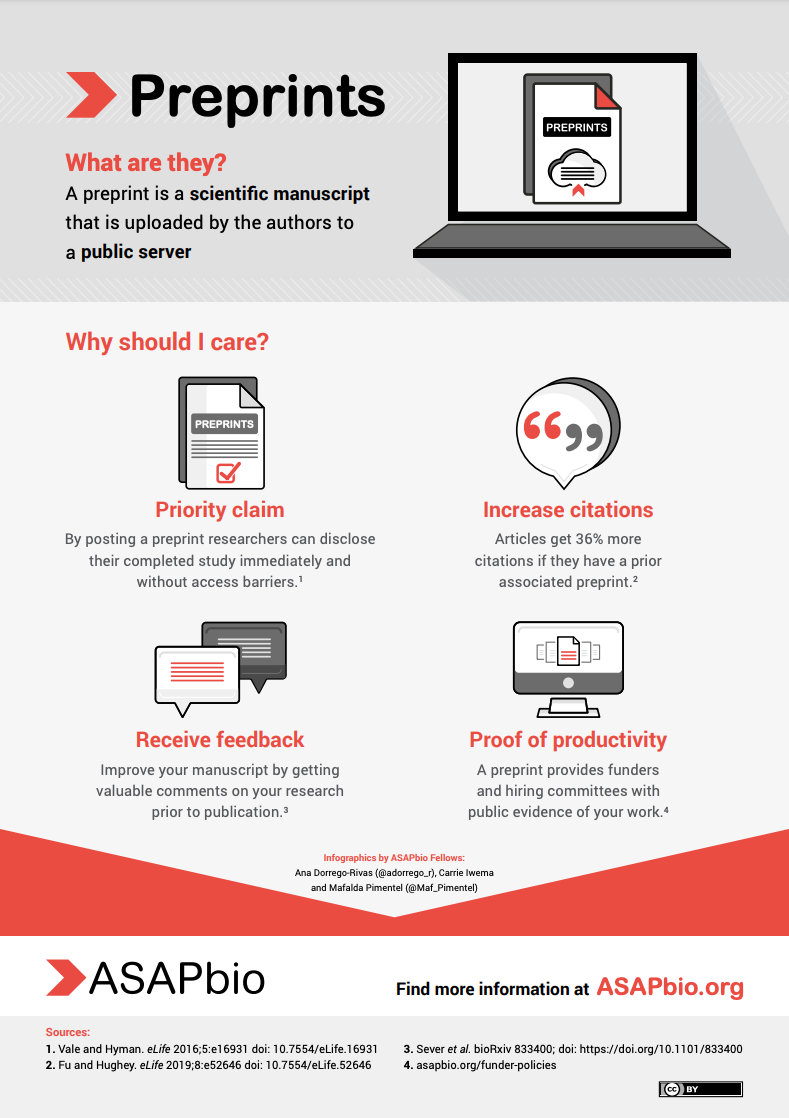If you have already used Sciety, it is easy to assume that you know all about preprints. Or, if you are visiting our application for the first time, it may be you are already familiar with preprints.
For everyone else, we think it is important to write this special post about preprinting: what it is, how it works as well as its importance and contribution to how science research is shared.
Journals pre-dated the internet and thus produced research articles on paper. Any work produced by the author, ahead of the formal peer review process and journal publication, was known as a preprint. Preprints were shared informally amongst colleagues and the authors had the opportunity to revise the work based on feedback ahead of submission to a journal. According to ASAPbio, a more recent definition is simply a scientific manuscript that is uploaded by the authors to a preprint server.

Thanks to the internet, preprints have become more readily available and accessible. It is this level of dissemination that has greatly elevated the status of preprints within the minds of biomedical and life scientists.
Having these original author manuscripts so widely accessible also means that anyone with interest and expertise, even those outside the previously closed network of colleagues, can look at and evaluate the work.
In recent years, more and more preprints have been posted to dedicated servers such as bioRxiv. These servers offer various opportunities to users such as timestamping and versioning. Importantly, they allow authors to claim immediate public ownership of the results, as well as providing evidence for their work.
To discover and read preprints, why not head over to our search page and enter any terms of interest to find something on the subject.





